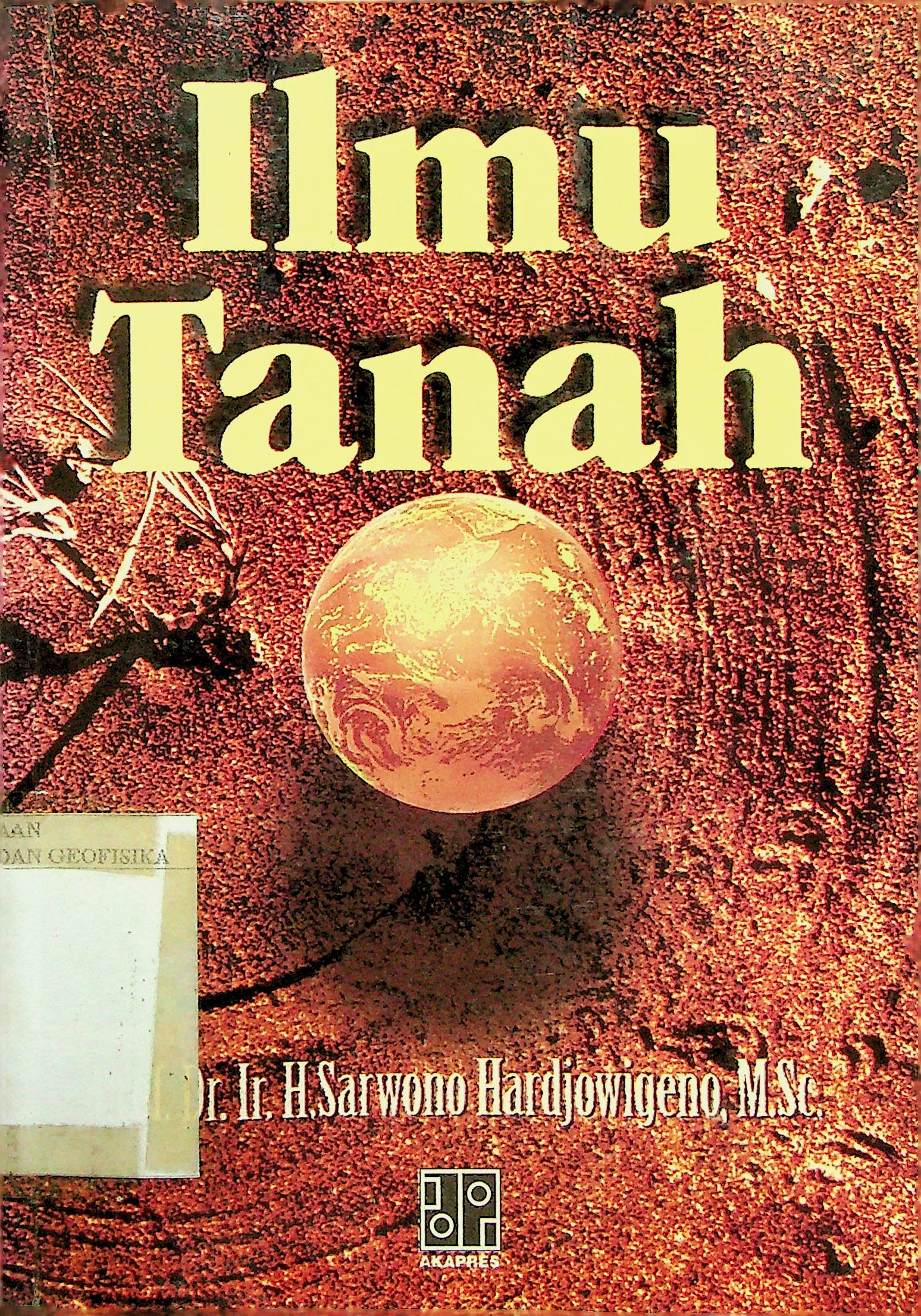Seismic exploration methods consist in creating seismic waves in the subsurface and observing at the surface the waves reflected by the geological beds or refracted along certain interfaces. The disturbances propagate in the subsurface by progressive waves that give rise to reflection and transmission when they reach the boundaries of the geological layers. The reflected waves return to the surface, where they are detected. This is the principle of seismic reflection surveys (Fig. 1.1). The transmitted waves may propagate horizontally along a certain distance and then return to the surface. This is the principle of seismic refraction surveys (Fig. 1.2). The geological interfaces identified by reflection prospecting are interfaces of media with different acoustic impedances. By definition, the acoustic impedance is the product of the rock density multiplied by the propagation velocity of the seismic wave. Interfaces observable by seismic refraction prospecting are those in which the propagation velocity in the underlying medium is higher than in the overburden. Seismic prospecting is an extremely powerful subsurface investigation tool. The depth of penetration of seismic-reflection surveys, for example, is up to 10 km, and its resolution is far better than that of other geophysical methods. On the other hand, it is more expensive than other methods.
Buku Text
Geofisika Seismology
-
No Scan758
-
No Klasifikasi551.22
-
ISBN2-7108-0552-9
-
ISSN-
-
No Registrasi016A/I1I/1992
-
Lokasi TerbitFrance
-
Jumlah Hal20
-
Label551.22 Lav s 2
-
Versi DigitalYA
-
Versi FisikYA
-
Lokasi Rak Buku Fisik01/B/08
-
Jumlah Exemplar Fisik Tersedia1



